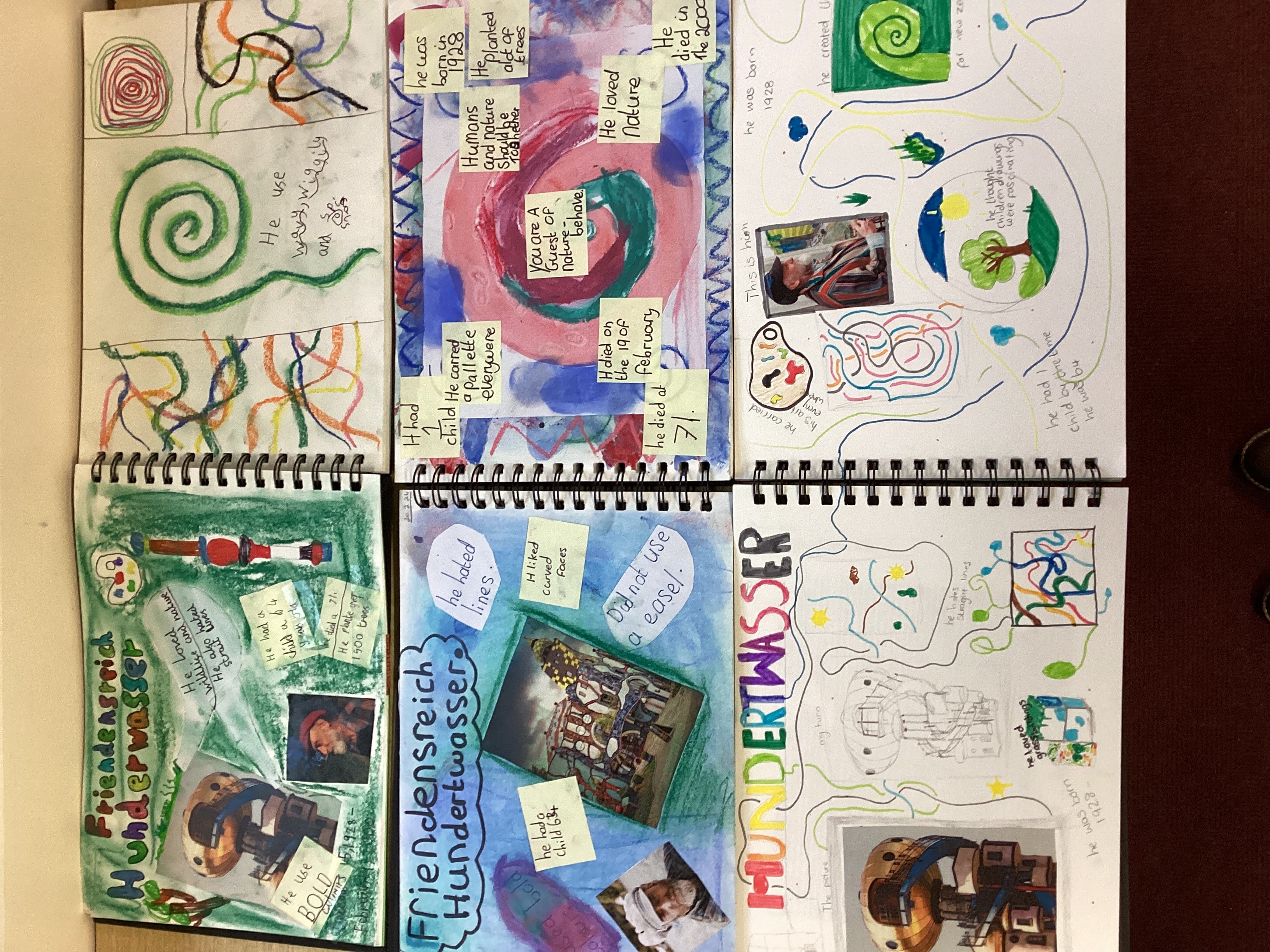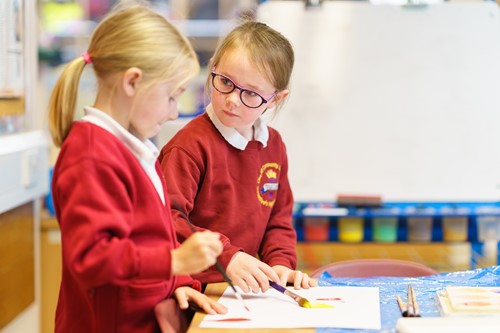Curriculum Statement for Art
Intent
At Clee Hill Academy we want our children to love art, craft and design! We
want to encourage imagination, creativity and individuality, giving the children the skills they need to be confident so that they flourish artistically. Our art curriculum is designed to inspire and challenge children.
Aims:
• To encourage children to have enjoyment in the creative process, to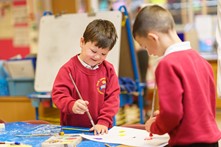
enrich their experience of school, and carry on beyond this to encourage
them to explore art and design in the wider community.
• To encourage children to develop creativity, imagination, self-esteem and
confidence through their exploration: recognising that there is no right
or wrong way to do things only different styles and techniques.
• To improve children’s skills in controlling materials, tools and techniques
so that they can make increasingly informed and creative choices of
media, tools and techniques for a given purpose.
• For children to learn about a wide variety of artists of different periods
and from different cultures, who work in different media and the role
they play in enriching lives and their importance in the wider world.
• To develop children’s ability to observe, investigate, respond to and
record the world around them through a variety of forms and media with
increased confidence and without the fear of failure.
• To develop children’s visual language and the ability to express their
ideas and feelings, in order to evaluate their own work and that of
others.
• To learn about great artists and craft makers and understand the
historical and cultural development of their art forms.
Implementation
At Clee Hill Community Academy we will achieve this by:
• Teaching art regularly. The children will cover an art topic at least once a term and will also have additional opportunities to engage with art and design activities throughout the school year.

• Re-teaching skills throughout the children’s time in school. Skills are revisited and honed in a spiral curriculum, which progresses in terms of depth and challenge, to build on the children’s previous learning.
• Ensuring that each child develops their skills and techniques in a way appropriate to them, through clear differentiation and support, active and purposeful experiences, and using a variety of art materials and teaching strategies.
• Fostering an enjoyment and appreciation of the visual arts and a knowledge of artists, craftspeople and designers
• Introducing children to artists and art movements directly linked to the skills and knowledge they are covering.
• Utilising a sketchbook approach, so that children feel safe to experiment and take risks, without the fear of doing something “wrong”.
• Openly promoting art and design as a possible further study or career choice.
• Encouraging each child to evaluate their art and design work and that of others, both with peers and adults.
• Celebrating effort, progress and achievement in art through displays, exhibitions and enrichment activities, such as trips out and competitions
Art in the Early Years
In early years children are given ample time and opportunity to explore,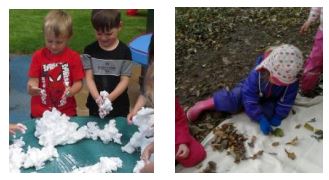 experience, experiment and value their creations. During the Early Years in Nursery and Reception, young children will be given the opportunity to explore, experience and experiment with colour, texture,
experience, experiment and value their creations. During the Early Years in Nursery and Reception, young children will be given the opportunity to explore, experience and experiment with colour, texture,
shape and form in two and three dimensions. The children will have access to a wide range of constructions, collage, painting and drawing activities, using
appropriate tools and a variety art materials.
Our Early Years Curriculum
As part of our EYFS curriculum, there are milestones which have been carefully constructed with an end goal, to reflect our own dynamics and environment to meet our children’s needs, whilst ensuring a stimulating, challenging and diverse curriculum. Although many aspects of the Early Years Curriculum develop a solid understanding for Art in Year 1, 'A Confident Creator' is of particular importance to show the progression of learning through Nursery and Reception.
EYFS Curriculum milestones and goals
Our Curriculum
We follow the ‘Kapow Primary’ scheme of work which supports pupils to meet the National curriculum end of key stage attainment targets and has been written to fully cover the National Society for Education in Art and Design’s progression competencies. The Kapow Primary Art Scheme of work is designed with five strands that run throughout. These are:
- Generating ideas
- Using sketchbooks
- Making skills, including formal elements (line, shape, tone, texture, pattern and colour)
- Knowledge of artists
- Evaluating and analysing.
Units of learning are sequential, allowing children to build their skills and knowledge, applying them to a range of outcomes. The formal elements, a key part of the national curriculum, are also woven throughout units. Key skills are revisited again and again with increasing complexity in a spiral curriculum model. This allows pupils to revise and build on their previous learning. Units in each year group are organised into four core areas:
- Drawing
- Painting and mixed – media
- Sculpture and 3D
- Craft and design
Creativity and independent outcomes are robustly embedded into our units, supporting students in learning how to make their own creative choices and decisions, so that their art outcomes, whilst still being knowledge-rich, are unique to the pupil and personal. Lessons are always practical in nature and encourage experimental and exploratory learning with Key Stage 2 pupils using sketchbooks to document their ideas.
Knowledge organisers for each unit support pupils in building a foundation of factual knowledge by encouraging recall of key facts and vocabulary.
Kapow Primary supports teachers who may lack confidence in their own artistic abilities. Pupil videos created by subject specialists help pupils to see art techniques modelled by experts, to ensure the delivery of Art in your school is of the highest quality. Each unit of lessons includes multiple teacher videos to develop subject knowledge and support ongoing CPD. Kapow has been created with the understanding that many teachers do not feel confident delivering the full Art and design curriculum and every effort has been made to ensure that they feel supported to deliver lessons of a high standard that ensure pupil progression.
The role of Sketchbooks
At Clee Hill Community Academy, sketchbooks are introduced in Class three and are an important personal record used:
• To gather, collect, experiment and reflect
• To assess children’s skills and progression in art and design
• As a way for children to express themselves and their creativity
Although sketchbooks record the thinking process which often leads to art outcomes, the sketchbook itself becomes an art form. Sketchbooks can be used for many other things aside from sketching, including:
- drawings or notes
- etchings
- key words
- pieces of fabric or material
- found objects
- colours
- photos
- texts
- rubbings
- annotations etc
Sketchbooks are owned by the pupils - they are individual and develop personality. They are used to show a journey of progression of an art unit with a clear development and build of skills/knowledge/techniques that lead to a final outcome/piece of art. Children can write about what they did, the skills they used, what they enjoyed and any feedback etc. Sketchbooks continue with the child throughout school in order to show progression of skills throughout their school journey
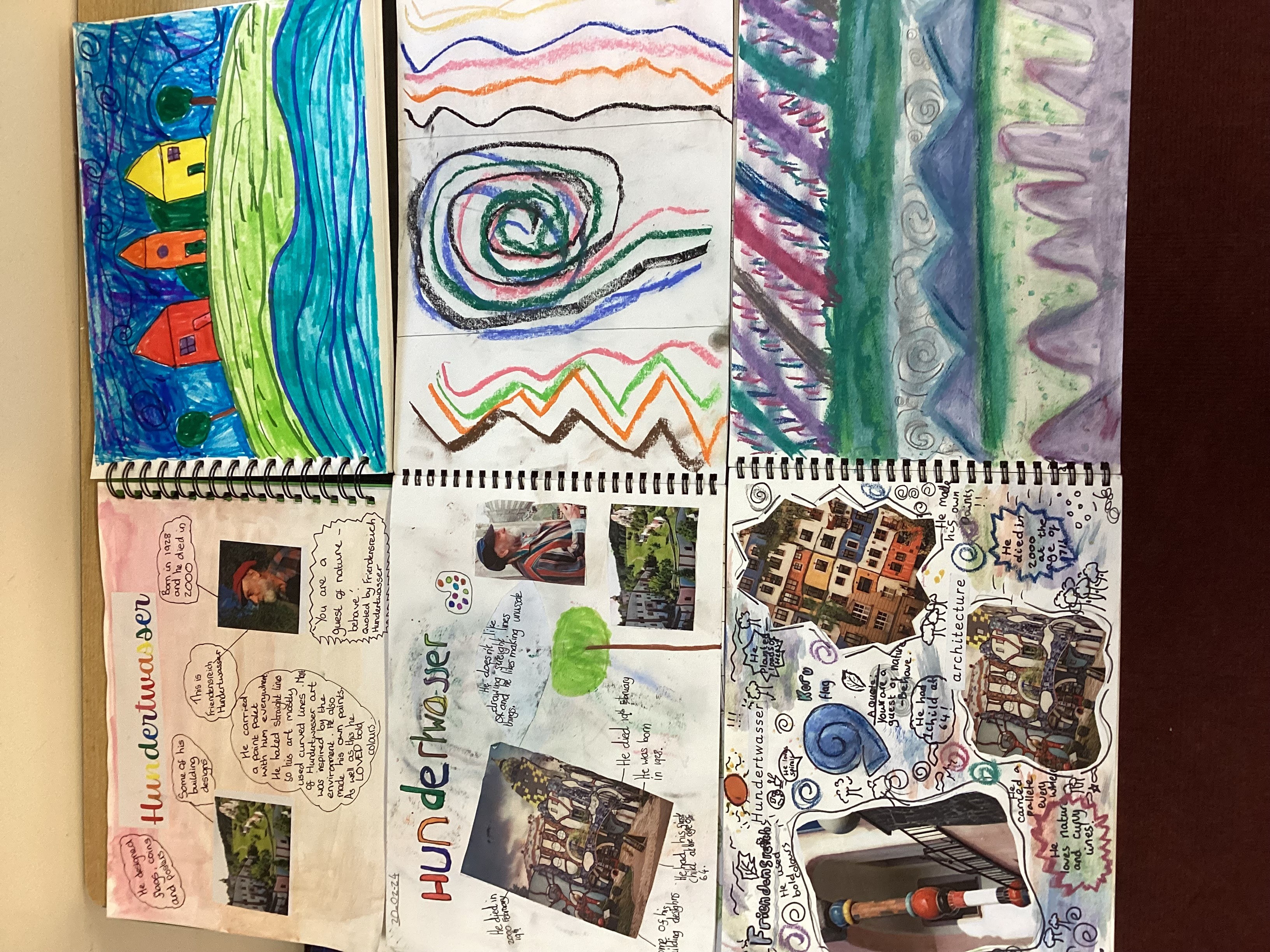
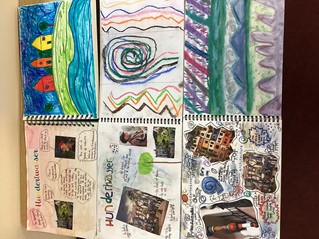

Impact
By the end of their time with us, we want pupils to have learned, improved and embedded a range of artistic skills. They should have an awareness of a broad range of artists and craftspeople, and be able to consider and discuss the artworks they come across. We want our pupils to be confident to explore, experiment and take risks, placing value on the process and journey that they take, not just on the finished product. Most importantly, we want children to have found and enjoyed a creative outlet – a means of self-expression and enjoyment.
